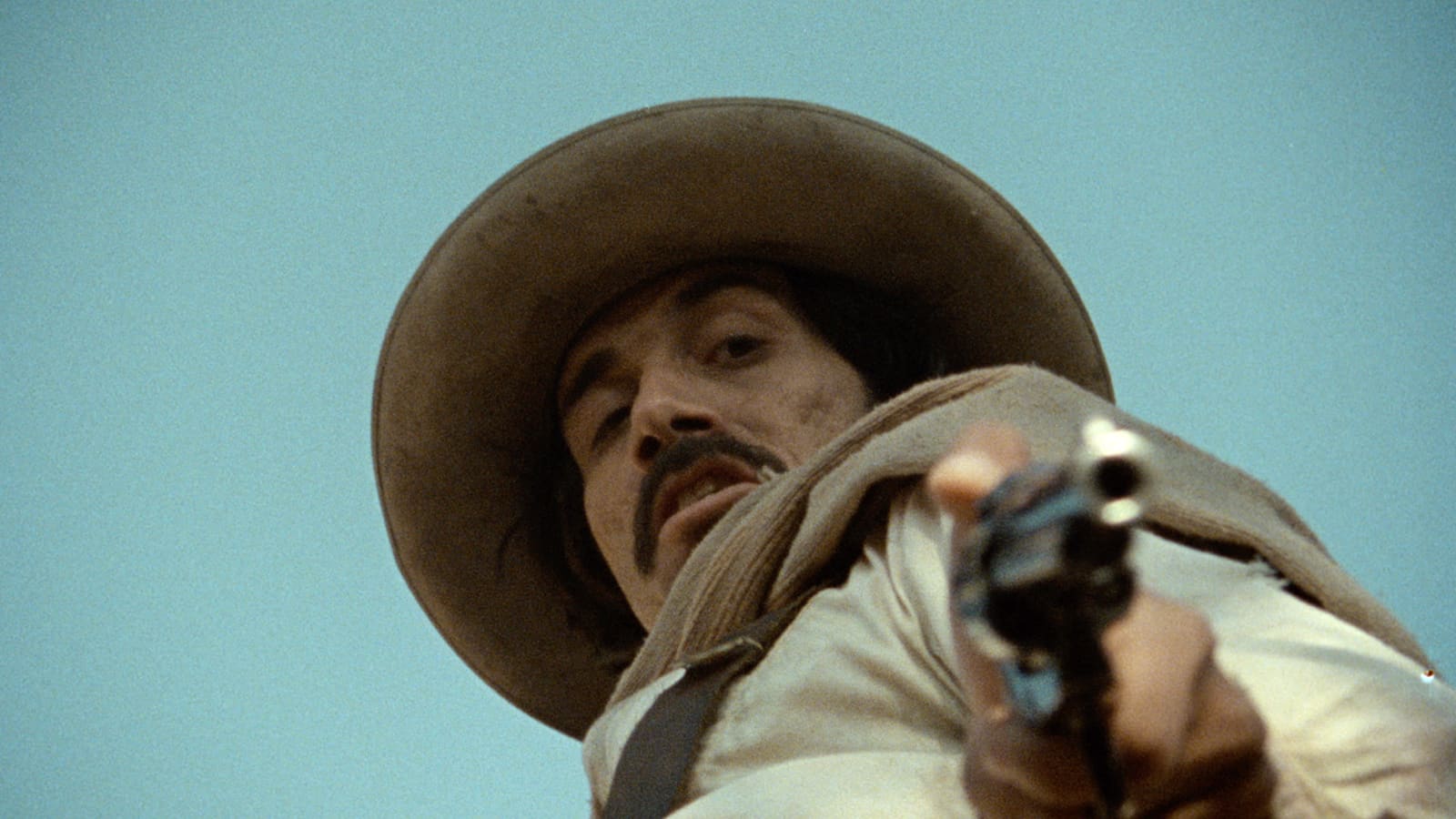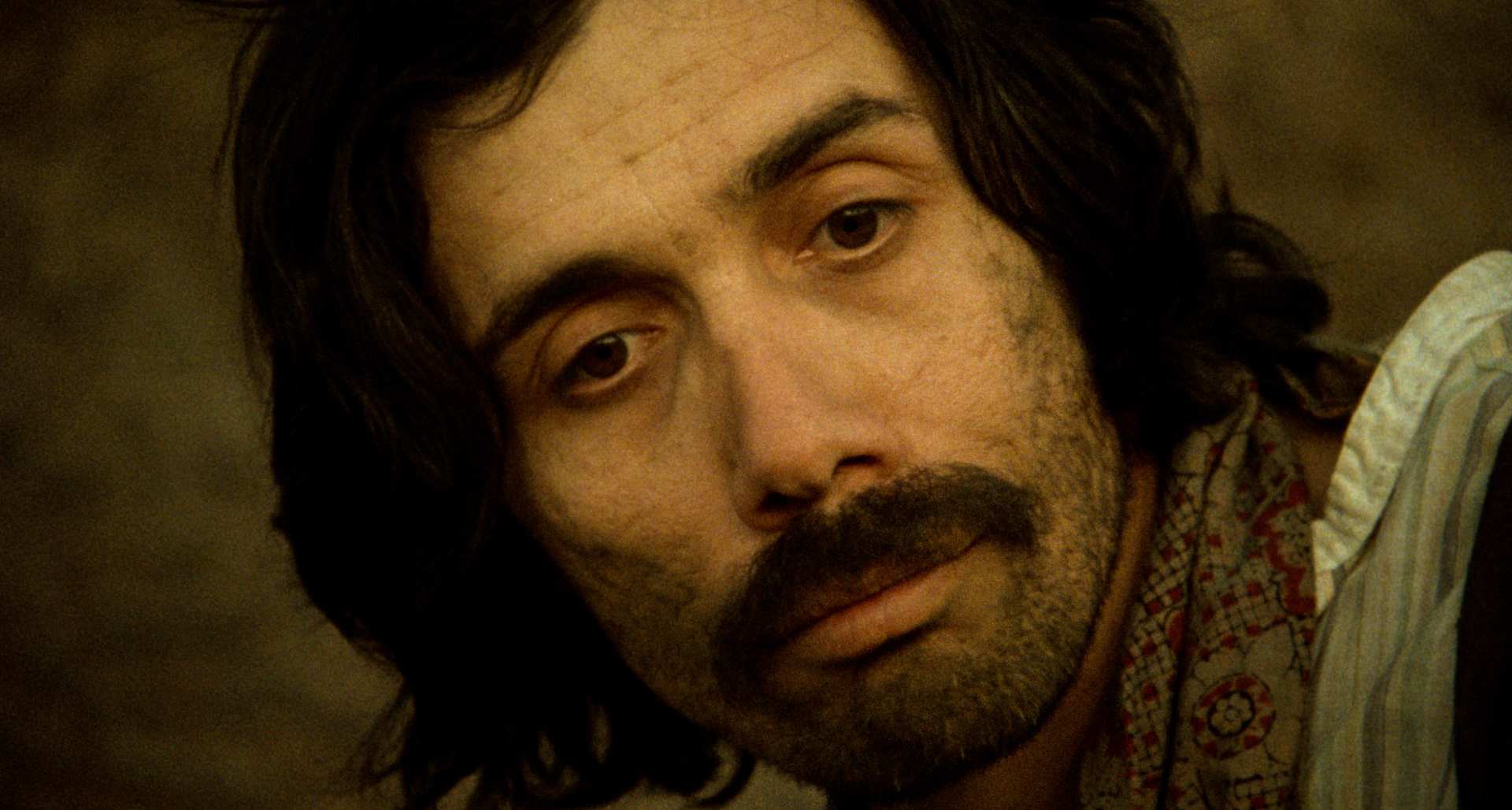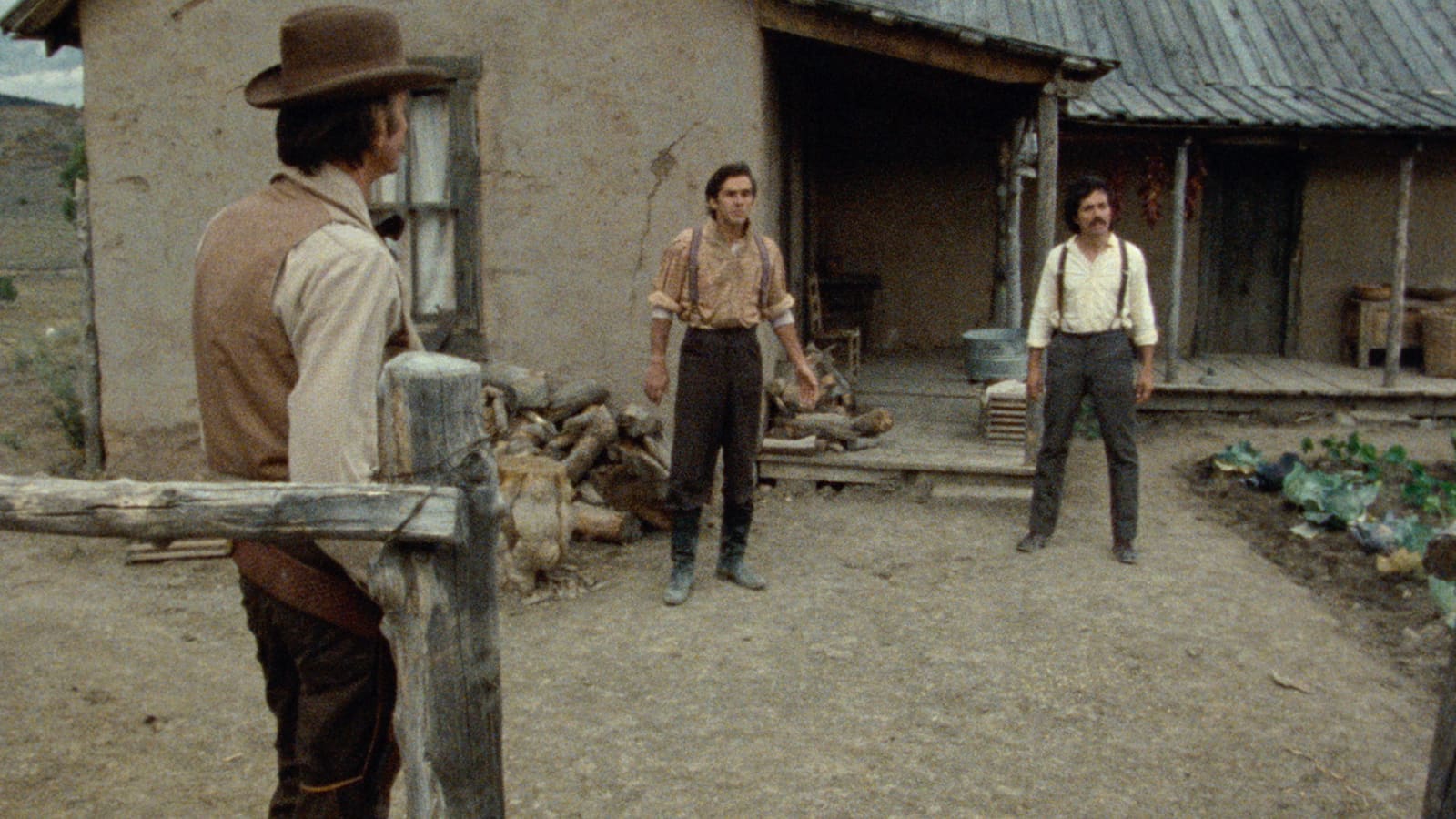After scoring a part in Blade Runner and his breakout role in Zoot Suit, Edward James Olmos was just hitting his stride as an actor when he decided to launch one of the most ambitious projects of his career. Rallying a close group of filmmakers – including his director from Alambrista, Robert M. Young, and producer Moctesuma Esparza – Olmos and his team brought the story of a Mexican-American folk hero to the big screen in 1982.
At that point, Chicano cinema was still in its infancy, and the project that would become The Ballad of Gregorio Cortez was something no studio wanted to produce. Made independently outside of the studios, the filmmakers had complete creative control to make a moody western about a figure immortalized in corridos.

The Ballad of Gregorio Cortez weaves a complex story about importance of language and its role in one of the darkest chapters in American history. The movie’s core conflict is a mistranslated question that results in violence; Olmos’s Cortez is forced to flee his ranch after killing the sheriff who shot his brother. As Cortez evades the overzealous vigilante mobs for days, the movie reveals his backstory and the area’s heated political climate. For Cortez, the next fight of his life will be in a court of law – if he can make it there alive.
Olmos remembers when he first saw one of the few remaining photographs of Cortez while researching his story. “He was sitting with all the Texas Rangers around him,” he said. “It was like when they kill a big animal – all the hunters gathered around it. They stand by it with their guns in their hands. He’s sitting down with two [Rangers] on each side and the other guys standing around. They all look real proud, and he [Cortez] looked so vulnerable. I knew him from his body language. In that one photograph, he looked so confused. It led me to understand his end of it.”

The actor came upon the photo by pure chance. When the team was scouting locations, they chose to film Cortez’s trial in the same courtroom in Texas where it had actually taken place, roughly 80 years before. It was intact, Olmos claims, just as it was in Cortez’s day. When they approached the judge for permission to film, he asked who was the movie going to be about. “We told him we’re doing a movie about a great Mexican-American hero. Songs were written about him, and he was a hero to the Latino population, especially along the border.”
“It just resonated so much with things that are going on on the border right now.”
The judge kept pressing the crew. Olmos remembers the film’s director, Robert M. Young, didn’t want to say Cortez’s name for fear the judge would turn down their filming request. Eventually, they relented and told the judge. “‘Oh my God, I’ve been waiting for you guys for 35 years,’” Olmos remembers the judge exclaiming. “That was amazing. At first I said, ‘what do you mean?’ And he opened up drawers, cabinets filled with organized documentation of all the testimonies, the newspapers that came out all over the country, and all the material for the trial.”
It was in that newly discovered information that Olmos says the idea for the two different versions of the same event came out, one side of the story told from the surviving deputy and the other from Cortez’s perspective. It was Young’s idea to leave out English subtitles. “He wanted the audience to experience the same thing [as the characters],” said Olmos. “If you knew, then you knew what was going on. If you didn’t, then you’re focused on just one side of it.” As the movie goes along, the pieces of the language puzzle fall into place for both Spanish and English speakers.

Complementing this western’s epic tragedy is an early synthesizer score Olmos composed with W. Michael Lewis. Because of the film’s small budget, the two-man group tried something new that was also cheaper than hiring musicians. Olmos said, “At the time, we were criticized because we did electronic music, but I had just finished working with Vangelis and he had done two major pieces of work – Chariots of Fire, which won the Academy Award for best picture and best music, and Blade Runner. All we had was a moog synthesizer. It was just really barbaric. Now that I listened to it, I love it.”
The Ballad of Gregorio Cortez also prompted Olmos to wear another hat in addition to star and composer: producer. Since then, he’s produced several more movies, including American Me and Filly Brown. “Once I was in that position, I never let it go,” he said. “And I’m producing now. I produced five films this year.”

Putting out Latino-centric projects like The Ballad of Gregorio Cortez has been a passion-driven mission for Olmos. He minces no words when it comes to his frustrations with Hollywood and how, even after hits like Selena and Stand and Deliver, it’s still an uphill battle to get our stories on-screen. “We can make good stories and make money, but it’s real hard to get backing,” he said. “They’re deathly afraid of us as a culture.”
“The reason that they don’t want to give us that strength is because then they have to deal with it,” said Olmos. “They’ve never given us the opportunity to become presidents or chairmen of the boards of major film companies. I think what we’re going to see is a huge change within my lifetime. I’ll get to see it.”
Over 30 years since its limited theatrical release, it’s painful to see a movie like The Ballad of Gregorio Cortez as a rarity instead of the norm. It’s easy to fixate on how many other stories from our communities filmmakers like Olmos could have told in his more than thirty year career. For now, he hopes to get another shot at re-releasing The Ballad of Gregorio Cortez on the big screen for a new generation of audiences, or that they’ll discover the movie as part of the Criterion Collection, especially since our headlines today still mirror the bigoted fears of yesteryear. “It just resonated so much with the things that are going on on the border right now,” said Olmos. “It’s eerie how those kind of events are still repeating themselves today.”
The Ballad of Gregorio Cortez is out now as part of the Criterion Collection.







